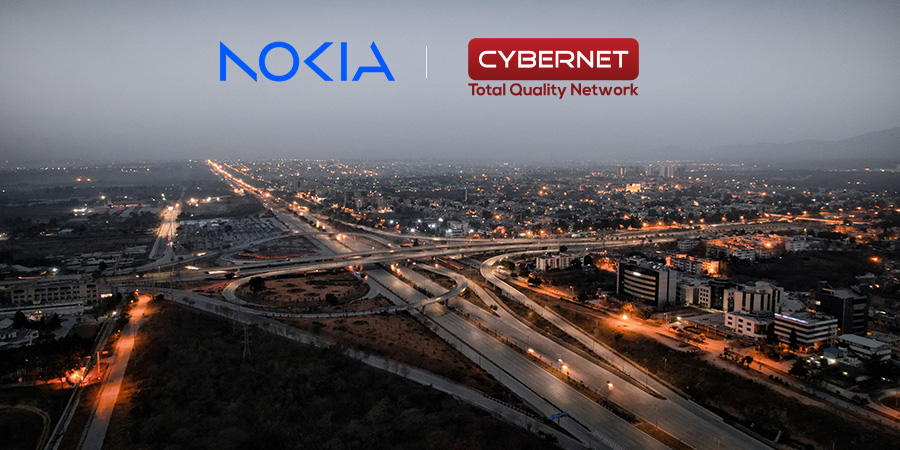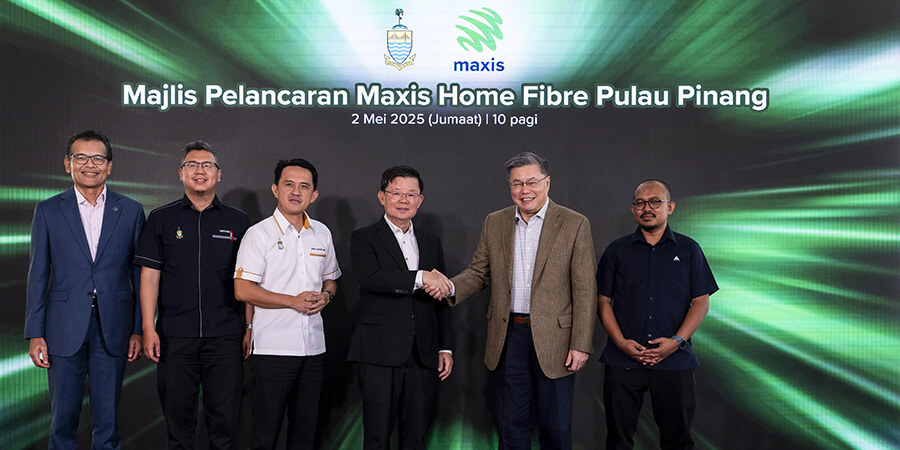Ericsson and SmarTone, the leading mobile network operator in Hong Kong, are trialing FDD (Frequency Division Duplex) Massive MIMO (Multiple Input, Multiple Output) technology as part of the operator’s network evolution plan towards 5G.
The trial, involving FDD Massive MIMO on 1800 MHz, represents the first of its kind for operators in Hong Kong. It is proving the capabilities of this key technology ahead of the live deployment in 2018 of AIR 3246, Ericsson’s new radio that can support Massive MIMO over 4G/LTE with Ericsson’s 5G Massive MIMO Plug-In.
“We are working closely with SmarTone to develop, trial, and deploy key 5G technologies that will further enhance the user experience,” said Nishant Batra, Head of Product Area Network Infrastructure, Ericsson. “The recent LAA field trial, and now the trial of FDD Massive MIMO, enables us to jointly shape the next-generation network technology.”
Massive MIMO is a key technology that bridges network evolution from 4G to 5G, adding intelligent capacity and boosting user experience. Massive MIMO on FDD yields a multi-fold increase of network capacity and increase user throughput by up to five times, boosting performance for end users.
“Our extension of the strategic partnership with Ericsson in October last year includes a five-year network evolution plan towards 5G,” said Stephen Chau, Chief Technology Officer of SmarTone. “This trial represents a significant milestone in our collaboration, and reinforces SmarTone’s leadership in the network evolution journey.
Chau added, “Ericsson’s FDD Massive MIMO solution will play an instrumental part in providing our customers in dense urban environments with enhanced user experiences they have come to expect from SmarTone.”
Ericsson has recently launched its first radio, AIR 3246, supporting FDD Massive MIMO for both 4G and 5G. The technology enables operators – especially in metropolitan areas – to bring 5G to subscribers using today’s mid-band spectrum and boost capacity in their LTE networks.







